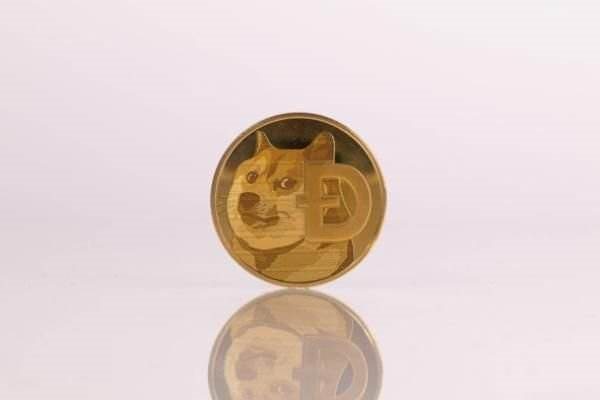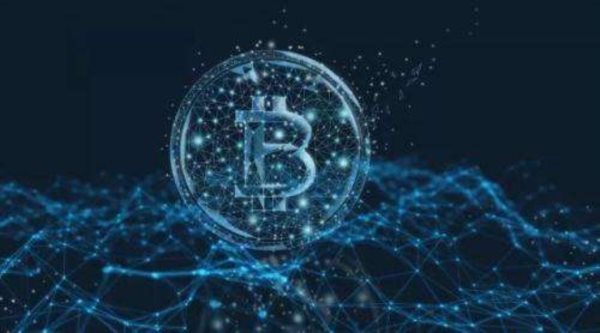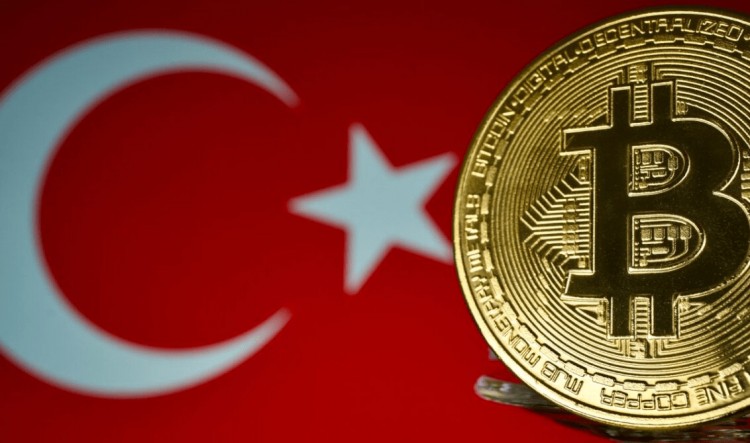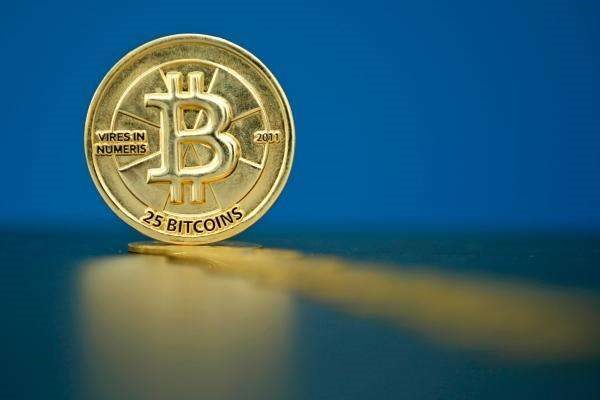时间:2024-04-09|浏览:234
James Bullard, a former St. Louis Fed president and noted hawk, said he expects three rate cuts this year as inflation is moving toward the Fed’s target and the U.S. economy remains resilient.
“At this point, you should go with the FOMC and Chairman Powell — their best guess right now is still three rate cuts this year. That’s the baseline,” Bullard said in an interview with Bloomberg TV on Tuesday.
“You’re looking at a very successful policy in a fairly strong economy, so the Fed is doing a lot of things right at the moment,” he said on the sidelines of HSBC’s Global Investment Summit in Hong Kong, adding that economic data already justified the rate cuts.
Bullard, who is now dean of Purdue University's business school after leaving the Fed last year, is the longest-serving regional Fed president and is known for his contrarian views. While at the St. Louis Fed, he advocated for more aggressive policy action to curb inflation, which was accelerating at the time.
Fed officials agreed at their March meeting that it would be appropriate to start cutting rates this year, with the median forecast for three cuts. At the same time, Powell said there was no need to rush to ease policy and more evidence was needed that inflation was easing in a sustained manner. Investors increased their bets on two rate cuts this year instead of three after a spurt in nonfarm payrolls in March. U.S. Treasury yields rose to their highest level of the year on Monday as traders put off expectations on what the Fed would do.
Swap contracts reflect that the market is pricing in a total of about 60 basis points of rate cuts starting in September, with less than a 50% chance of a third rate cut. This is the smallest rate cut expectation since October last year, while the market is pricing in a rate cut of about 150 basis points in early 2024.
The strong labor market adds to evidence that inflation pressures remain firm. U.S. consumer prices rose more than expected in February, and economists expect another rise in March, due on Wednesday. Some officials even think that a rate cut may not be needed this year.
Minneapolis Fed President Neel Kashkari said last week that the Fed may not need to cut interest rates if the downward trend in inflation continues to stagnate. In a speech at the University of Montana on Monday, he said the Fed cannot give up halfway in fighting inflation. He said: "Currently inflation is around 3%, and the Fed must get it down to 2%. The labor market is not as 'hot' as it was 12 months ago, but it is still tight."
Americans had a mixed view on the outlook for inflation last month, anticipating bigger price increases for a range of key goods and services while worries grew about not being able to repay debt, a New York Federal Reserve report said on Monday.
The New York Fed found in its March consumer expectations survey that the public expects inflation to be 3% in one year, unchanged from last month; inflation is expected to rise to 2.9% in three years from 2.7% predicted in February, while inflation in five years will fall to 2.6% from 2.9% predicted last month. The report said respondents had mixed views on the labor market last month, with expectations for income growth remaining unchanged but more pessimistic about the job outlook. Although respondents were generally positive about their personal finances, the proportion of people worried about not being able to repay debts on time was the largest in four years. These concerns were concentrated among low-income households and respondents aged 40 to 60.
"Inflation data remains the primary factor in determining when it is appropriate to cut rates," said Tim Duy, chief U.S. economist at SGH Macro Advisors. "In order to keep the June rate cut policy, the Fed needs to see inflation data in March and April closer to the second half of last year," he said. "This means that this week's inflation data may cancel the planned June rate cut."
The article is forwarded from: Jinshi Data









